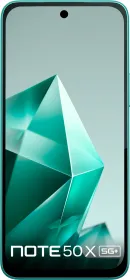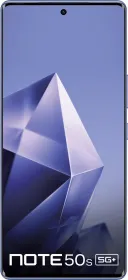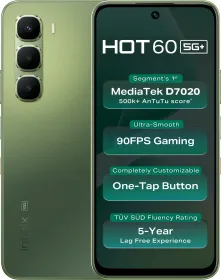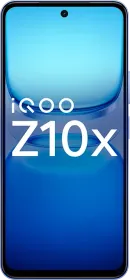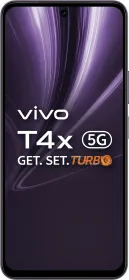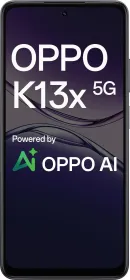Ultraviolette, a Bangalore-based company founded in 2016 by Narayan Subramaniam and Niraj Rajmohan, is known for its high-performance electric motorcycles like the F77 series. Now, with the launch of the Tesseract electric scooter, they aim to make a mark in the scooter segment, offering innovative features. Here, we’ll explore five reasons why the Tesseract stands out from other electric scooters.
1. Supreme Performance and Speed
The Tesseract is designed for speed and agility, featuring a peak power of 15 kW in its top variants. The Tesseract is available in three variants: Tesseract 3.5 (3.5kWh, 10kW peak power, 162km range), Tesseract 5 (5kWh, 15kW peak power, 220km range), and Tesseract 6 (6kWh, 15kW peak power, 261km range).

All variants accelerate from 0 to 60 kmph in 2.9 seconds and have a top speed of 125 kmph, with fast charging from 0 to 80% in under 1 hour. This makes it one of the fastest-charging electric scooters.
Compared to Ola Electric’s S1 Pro Gen2, which has a peak motor power of 11 kW, a top speed of 120 kmph, and accelerates from 0 to 60 kmph in 4.3 seconds, the Tesseract offers superior acceleration and a higher top speed.

Other competitors, such as the Ather 450X (top speed 90 kmph, 0-40 kmph in 3.3 seconds) and TVS iQube (range around 140 km), also fall behind in performance metrics.
2. Outstanding Range and Battery
Range anxiety is a common concern, and the Tesseract addresses this with its large battery options. The top variant, with a 6 kWh battery, offers a certified range of 261 km, compared to Ola’s S1 Pro Gen2, which provides 195 km with a 4 kWh battery.

The Tesseract’s battery uses cell-level fuse technology for safety and longevity, making it suitable for longer commutes and reducing the need for frequent charging.

3. Never-Before-Seen Safety Features
Safety is crucial, and the Tesseract includes advanced radar-based systems like blind spot detection, lane change assist, dual-channel ABS, and collision alerts, which are first-in-segment.



It also features dual dashcams for front and rear, which is also a first in the segment. It even comes with dual disc brakes, even on the base model. These features are not available in Ola’s scooters, making the Tesseract a safer choice, especially in dense urban traffic.
4. Unique Design and Aesthetics

The Tesseract’s design, inspired by combat helicopters, features sharp cuts, creases, dual LED projector headlamps, and floating DRLs, giving it an aggressive and futuristic look. This sets it apart from the more conventional designs of Ola and other competitors.
5. Packed with Useful Extra Features
The Tesseract is equipped with a 7-inch TFT display, offering Google Maps navigation, call & SMS alerts, ride analytics, towing alerts, location tracking, Violette AI integration, and OTA updates. It includes 34 litres of underseat storage, capable of accommodating a full-face helmet.

It even comes with two USB charging ports and a wireless charger. The handlebar provides haptic feedback, adding a tactile dimension to alerts, and features like keyless access, park assist, hill hold, and cruise control enhance convenience.

Ola’s S1 Pro Gen2 also has a 7-inch touchscreen, keyless entry, cruise control, and reverse mode, but lacks haptic feedback and integrated dashcams. The Tesseract clearly leaps ahead in this aspect as well.
Pricing
The Tesseract is priced at Rs 1.45 lakh ex-showroom, with an introductory price of ₹1.2 lakh for the first 10,000 buyers, making it competitively priced compared to Ola’s S1 Pro Gen2 at ₹1.48 lakh.

This pricing strategy, combined with its advanced features, offers excellent value for money, positioning the Tesseract as a premium yet accessible option in the electric scooter market.
The only problem with Tesseract is that it’s not readily available yet. Buyers will have to wait till Q1 2026 for the first deliveries to begin.

Comparative Table
Here is a quick comparison with Ola S1 Pro Gen2:
| Ultraviolette Tesseract (Top Variant) | Ola S1 Pro Gen2 (4kWh) | |
| Price (Ex-showroom, Rs) | 1.45 lakh (1.2 lakh introductory) | 1.48 lakh |
| Range (IDC, km) | 261 | 195 |
| Peak Power (kW) | 15 | 11 |
| 0-60 kmph Acceleration (s) | 2.9 | 4.3 |
| Top Speed (kmph) | 125 | 120 |
| Safety Features | Radar-based, dual dashcams, dual-channel ABS | Single-channel ABS |
| Design | Combat helicopter-inspired | Conventional |
| Connectivity | Haptic feedback, 7-inch TFT | 7-inch touchscreen |
| Underseat Storage (L) | 34 | 34 |
ALSO READ: Ola to launch E-Scooters based on Gen 3 Platform on January 31
Conclusion

The Ultraviolette Tesseract, with its superior performance, longer range, advanced safety features, unique design, and comprehensive connectivity, stands out in the electric scooter market. It seriously pushes the boundaries of what’s possible in the two-wheeler segment.
While the Tesseract is an exciting product, deliveries are scheduled to begin in the first quarter of 2026, which might disappoint eager buyers who were hoping for a sooner release. This delay could allow competitors to catch up or introduce similar features, potentially affecting early adopter enthusiasm.
However, the introductory pricing and advanced features might still attract a significant number of pre-bookings, given the company’s expansion to 13 cities for showrooms and test ride locations. I, for one, can’t wait to see it on the roads.
You can follow Smartprix on Twitter, Facebook and Google News. Visit smartprix.com for the latest tech and auto news, reviews, and guides.















